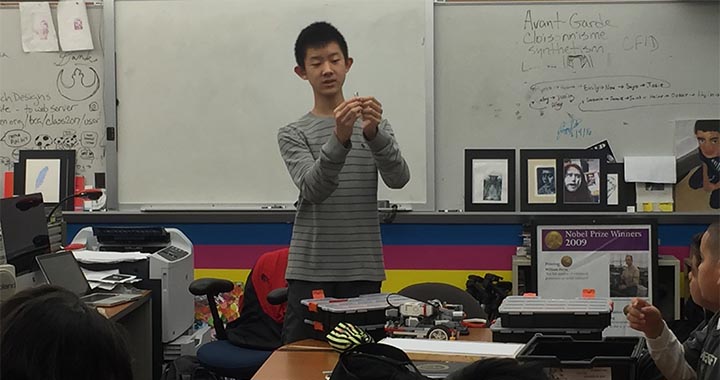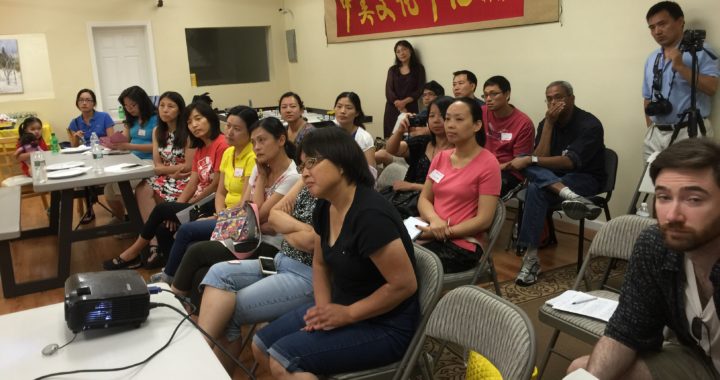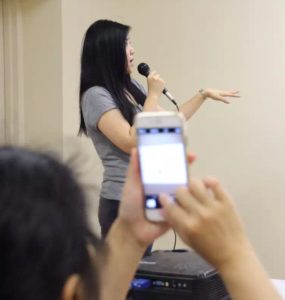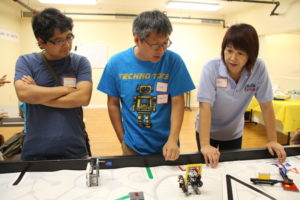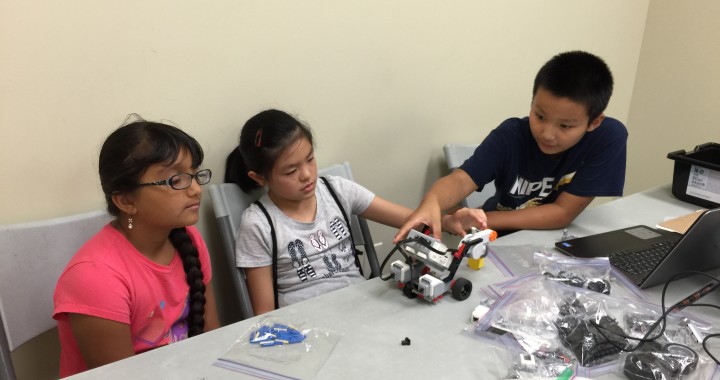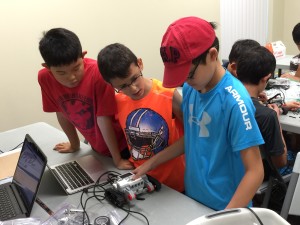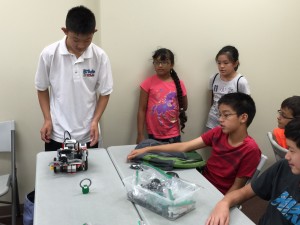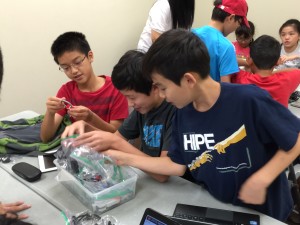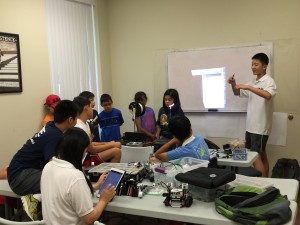
Aaron Liu and Aidan Liu presenting FLL Jr.
On Sunday, April 9th, we went to Atlanta to give a presentation on FIRST’s programs, ranging all the way from FLL Jr. to FRC. We aimed to inspire many more FIRST teams to be formed in the Atlanta area, particularly through the Chinese community, where we saw a large deficit in participation in robotics programs, specifically centering around FIRST. Before I go on, I’d like to give a brief shoutout to Juneflower, who graciously allowed us to host our presentation in their space.
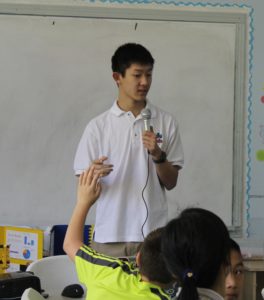
Edward Li presenting FTC and FRC
Throughout the course of the event, presentations on FLL Jr. , FLL, FTC, and FRC were given. As many of our audience members were completely new to FIRST, we introduced the idea and vision of FIRST to them, along with information about why they should join FIRST programs. As a major focus of this event was empowering parents to become coaches and motivating forces for FIRST and robotics programs in their communities, we also discussed basic team structure as well as how to get started on each of FIRST’s different programs, while keeping unique considerations about each of the programs in mind.
However, the presentations themselves were not the notable part. After the event was hosted, a large level of involvement and interest were observed. Many took to social media, attempting to organize robotics teams based on their children’s ages and interests. We really look forward to the growth of FIRST programs in Georgia next year and wish all who decide to create or attend a team good luck throughout the season next year!
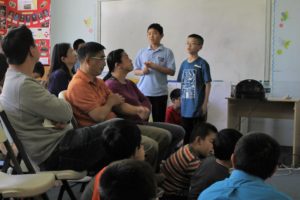
Anthony Li and Aaron Liu presenting FLL
Because of the level of observed interest, us at Kids2Kids are considering creating a series of videos describing concepts in robotics and FIRST, as well as recapping the event for all interested and those who were unable to attend on the date that we gave the presentation on. If you have any comments, suggestions, or questions about this upcoming idea, we would appreciate it greatly if you let us know! Good luck to all in the coming season!

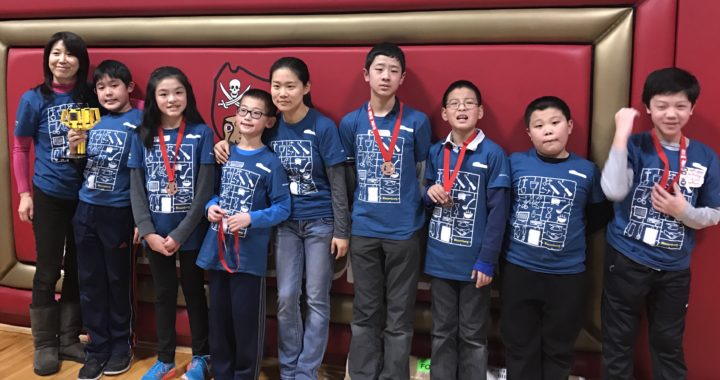
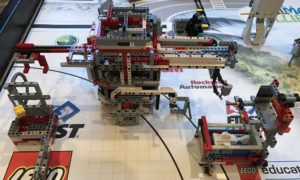 For FLL’s robot game, they built a very complex robot called the “3levator”, with its 3 elevator gear systems. The robot has two attachments, each of which can perform multiple missions inside one trip. It also uses three color sensors and one gyro sensor, making the robot’s movement more accurate. In total, the 3levator can earn up to 350 points.
For FLL’s robot game, they built a very complex robot called the “3levator”, with its 3 elevator gear systems. The robot has two attachments, each of which can perform multiple missions inside one trip. It also uses three color sensors and one gyro sensor, making the robot’s movement more accurate. In total, the 3levator can earn up to 350 points.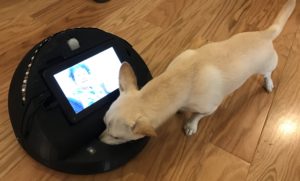 In the Animal Allies project, they invented an innovative robot pet sitter called Pet Ball. The Pet Ball has three features: video chat, games for pets, and pet training. It takes care of your pet, entertains your pet, and exercises your pet, even when you aren’t at home. Additionally, the Pet Ball system is open to all developers, so they can create their own pet games and training activities for all pets to enjoy! As well as creating a solution, the team did tremendous research work on the issue of separation anxiety. They interviewed a vet and an animal shelter, and surveyed pet owners. Eventually, after researching and building a solution, they shared their project to Bloomberg, Montvale Animal Hospital, and even tested their creation with a real pet!
In the Animal Allies project, they invented an innovative robot pet sitter called Pet Ball. The Pet Ball has three features: video chat, games for pets, and pet training. It takes care of your pet, entertains your pet, and exercises your pet, even when you aren’t at home. Additionally, the Pet Ball system is open to all developers, so they can create their own pet games and training activities for all pets to enjoy! As well as creating a solution, the team did tremendous research work on the issue of separation anxiety. They interviewed a vet and an animal shelter, and surveyed pet owners. Eventually, after researching and building a solution, they shared their project to Bloomberg, Montvale Animal Hospital, and even tested their creation with a real pet!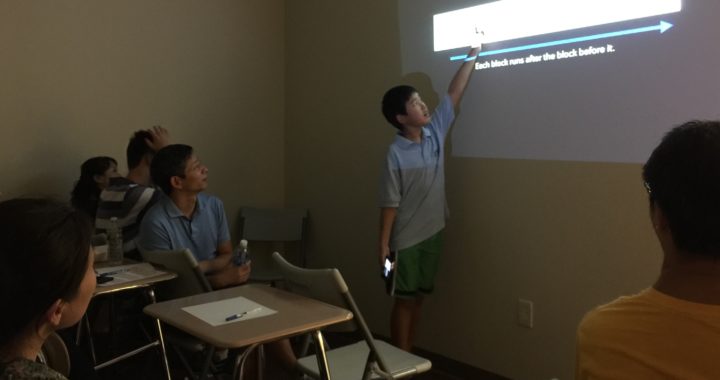
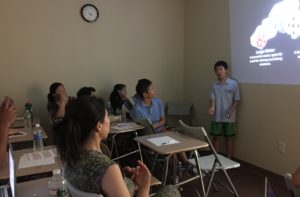
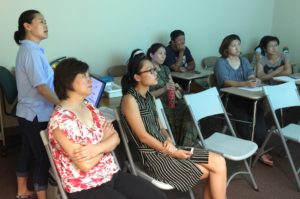
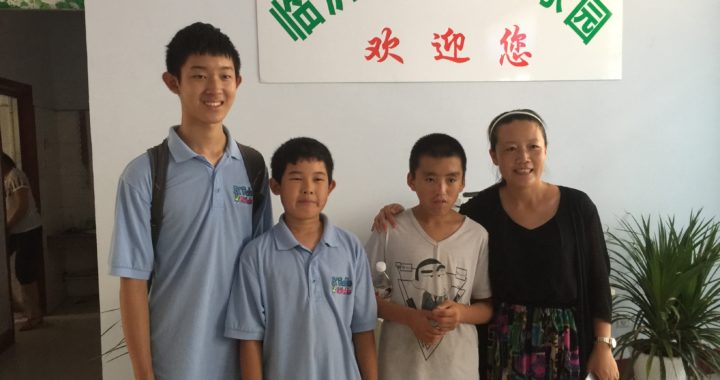
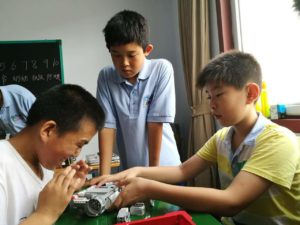

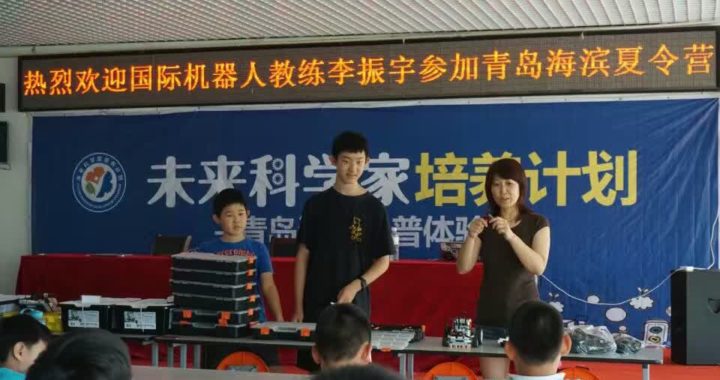

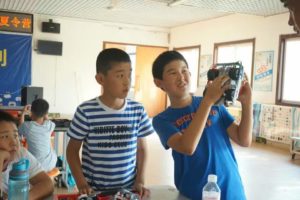


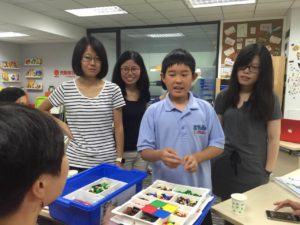 talked about how we learned about FIRST in the first place, explained the FIRST family of robotics competitions, and shared how we teach LEGO robotics. More importantly, we talked about the life-changing aspect of FIRST robotics,
talked about how we learned about FIRST in the first place, explained the FIRST family of robotics competitions, and shared how we teach LEGO robotics. More importantly, we talked about the life-changing aspect of FIRST robotics,
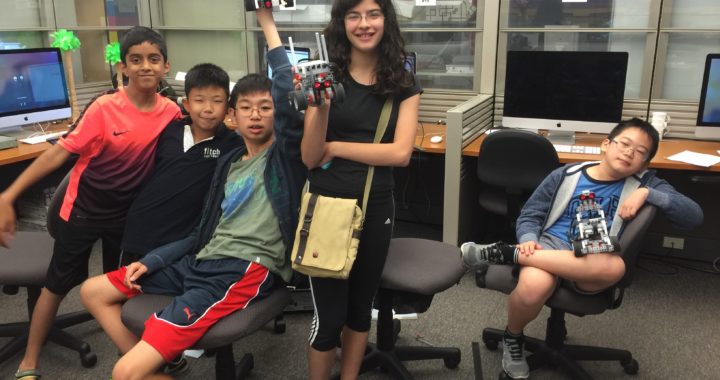
 skills. We had a class of only 8 people, so we were able to reinforce important building techniques like usage of black pegs as well as the simplicity of a build. One of the best aspects of this season’s class was the willingness of each student to attempt things that they were not exposed to previously. We enjoyed seeing our students think of innovative ways to retrieve loops or attack other robots in the SumoBot competition that we held at the end of our class. One of our students decided to attempt to spin quickly to attack other robots as well as prevent them from pushing themselves.
skills. We had a class of only 8 people, so we were able to reinforce important building techniques like usage of black pegs as well as the simplicity of a build. One of the best aspects of this season’s class was the willingness of each student to attempt things that they were not exposed to previously. We enjoyed seeing our students think of innovative ways to retrieve loops or attack other robots in the SumoBot competition that we held at the end of our class. One of our students decided to attempt to spin quickly to attack other robots as well as prevent them from pushing themselves.
